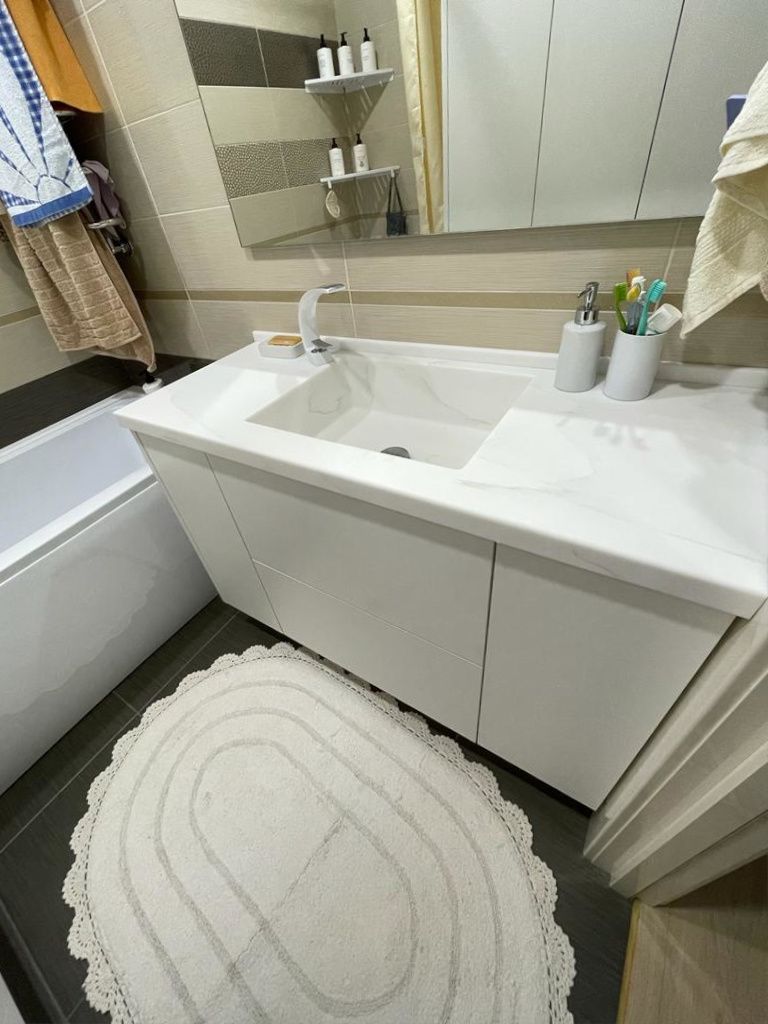
Culinary Elegance, Simplified Design
When it comes to creating a memorable dining experience, the essence of culinary elegance lies in the harmony of flavors, the quality of ingredients, and the visual presentation of the dishes. However, achieving such sophistication need not be an intricate affair. Simplified design principles can be applied to cuisine to produce dishes that are both stunning and uncluttered, proving the adage that less can indeed be more.
The Philosophy of Minimalism in Cooking
Minimalism is a design principle that centers on the idea of reducing elements to only the essential. In the culinary world, this translates to distilling a dish down to its core components, focusing on a few high-quality ingredients that can speak for themselves without the need for excessive garnishments or overpowering sauces. This minimalist approach not only highlights the natural flavors and textures but also creates a clean and sophisticated presentation.
Choosing the Right Ingredients
The bedrock of simplified culinary elegance is the judicious selection of ingredients. Chefs aiming for a pared-down aesthetic must choose ingredients that can stand out on their own, with distinct flavors and impeccable freshness. Seasonal produce, sustainably sourced seafood, and artisanal cheeses are examples of ingredients that can deliver impact without complexity.
Presentation with Purpose
In a minimalist culinary approach, every element on the plate has a purpose. Plate presentation is orchestrated with intention; the arrangement of food, choice of dishware, and even the color palette are considered to create a visual experience that complements the flavors. The aim is to engage the diner's senses without overwhelming them, allowing the dish to be appreciated as a cohesive work of art.
The Art of Subtraction
Sometimes, the key to elegance lies in what is omitted rather than what is added. Simplified design in cuisine often involves the technique of subtraction—paring a recipe back to the elements that truly matter. This might mean serving a perfectly grilled fish with a simple squeeze of lemon or garnishing a salad with just a drizzle of high-quality olive oil. The result is a clear focus on quality and taste.
Enhancing Flavors Simply
The use of simple techniques to enhance flavors is another hallmark of culinary elegance. Slow roasting, salt blocking, and fermenting are simple yet profound methods that can intensify the natural flavors of ingredients without piling on additional components. These techniques require a mastery of timing and temperature, allowing a chef to elevate an ingredient's inherent qualities.
Conclusion
Culinary elegance doesn't have to be complex or inaccessible. By embracing simplified design principles, chefs can craft dishes that are beautifully minimalist yet deeply satisfying. By focusing on quality ingredients, employing careful technique, and presenting food thoughtfully, a dish can be transformed into an understated yet exquisite masterpiece that delights the palate and the eye.